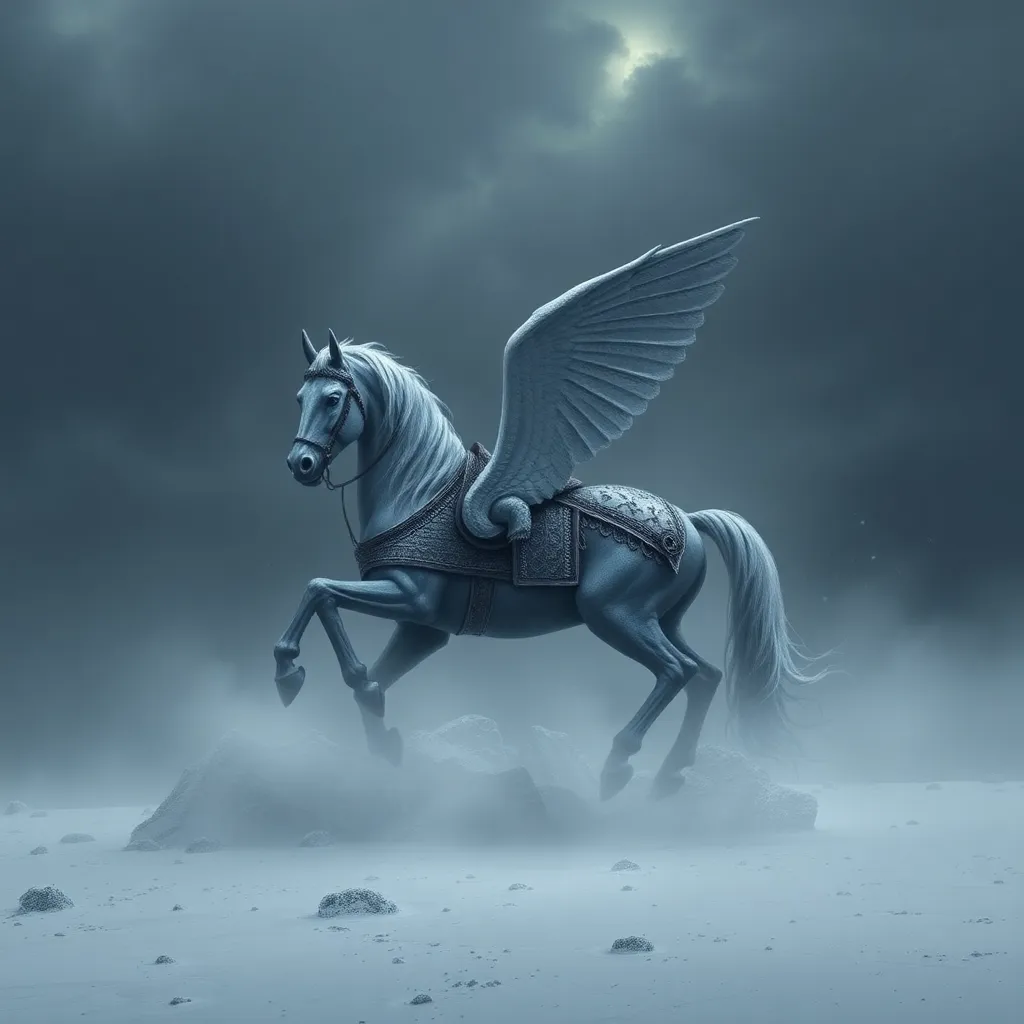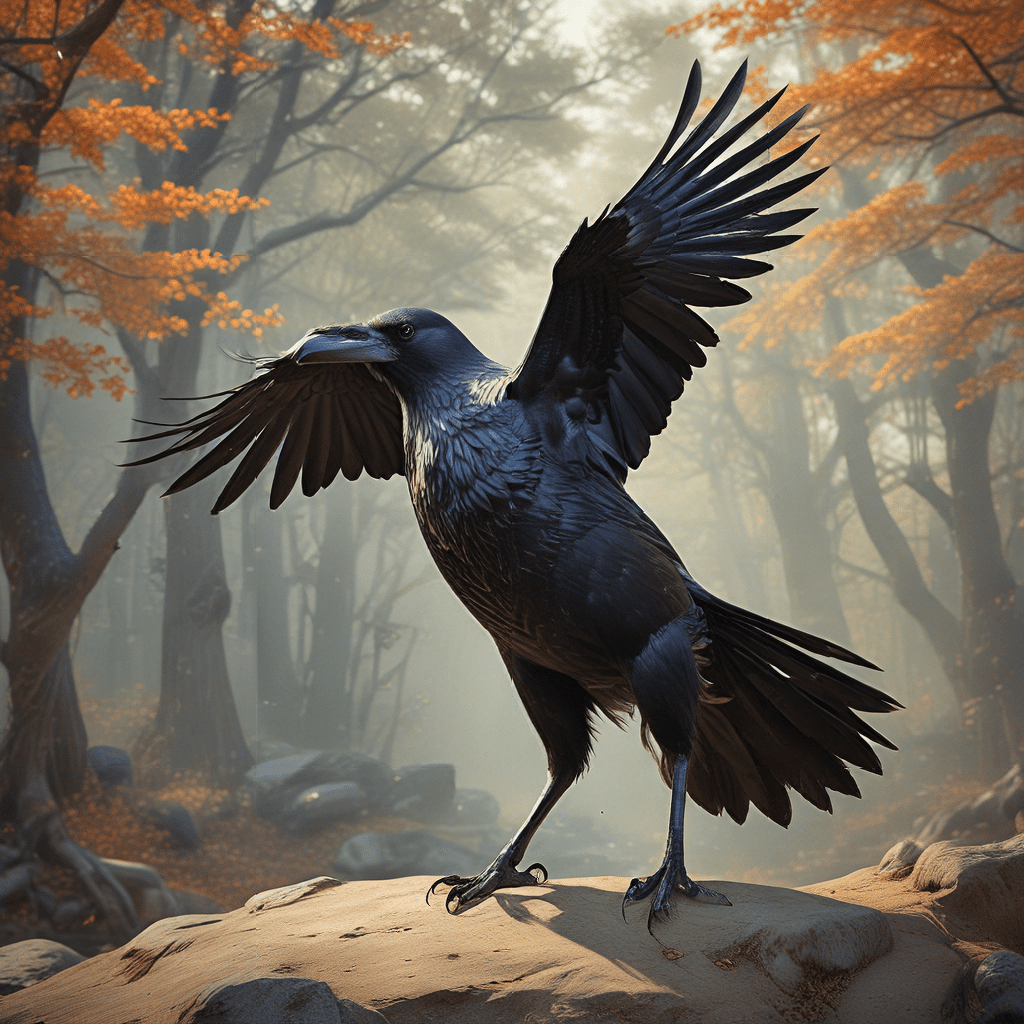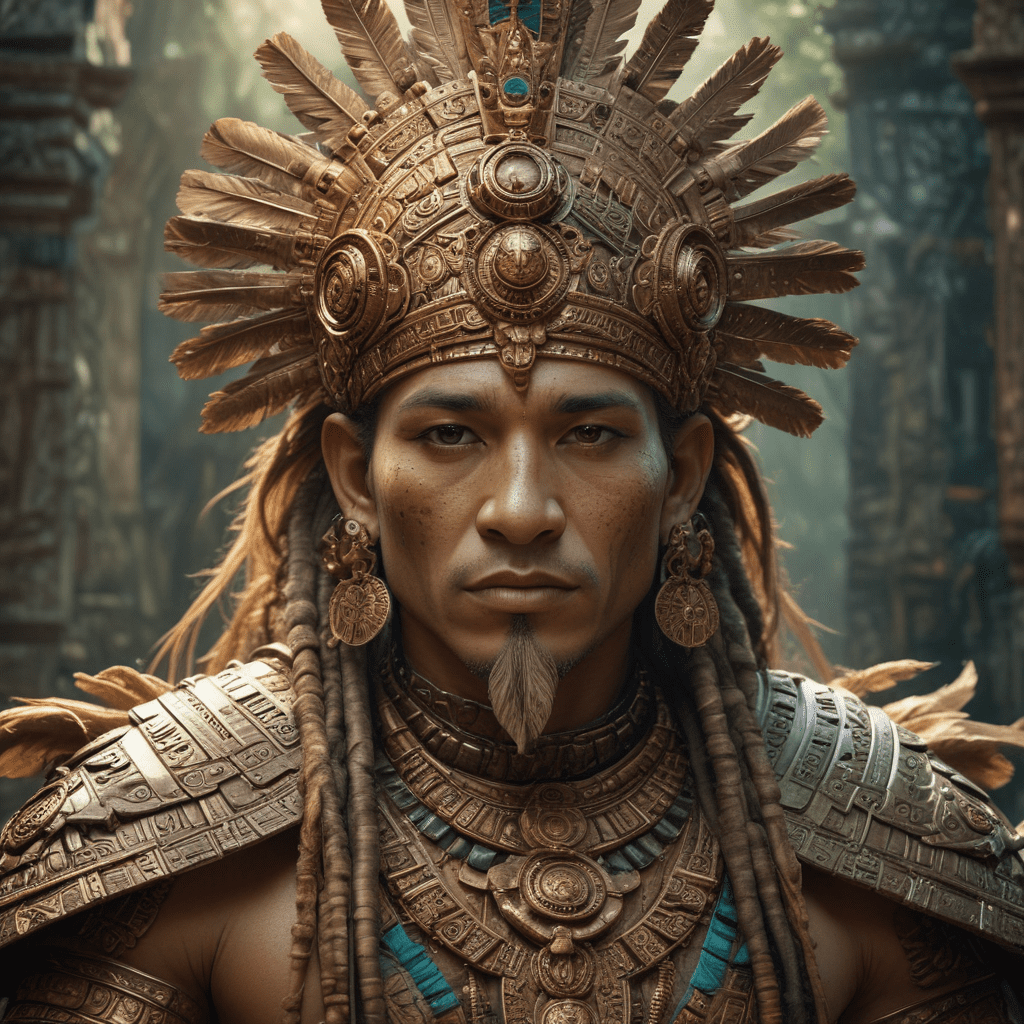Sleipnir Tales: The Norse Myths of the Valkyries and Their Role in Valhalla
Introduction to Norse Mythology
Norse mythology is a rich tapestry of stories and legends that emerged from the ancient Scandinavian cultures. It is populated by a myriad of gods, giants, and supernatural beings, each embodying key themes of fate, honor, and the struggle between good and evil. Central to this mythology are figures like Odin, Thor, and Loki, who navigate the complexities of existence in a world rife with conflict and destiny.
Among the most fascinating figures in Norse mythology are the Valkyries. These divine maidens serve a crucial role as the choosers of the slain, guiding the souls of warriors to Valhalla, the hall of the slain. Their significance is profound, as they embody themes of bravery, honor, and the inevitable fate of warriors in battle.
The Valkyries: Guardians of the Battlefield
The Valkyries are often depicted as powerful and ethereal female figures who possess the ability to influence the outcomes of battles. They are described as the daughters of Odin, endowed with divine powers and tasked with selecting those who are worthy of entering Valhalla after death.
Their roles and responsibilities include:
- Choosing fallen warriors from the battlefield.
- Guiding the chosen souls to Valhalla.
- Serving Odin and acting as his messengers.
- Preparing the warriors for the afterlife, where they will fight and feast until the end of the world.
The Valkyries are often depicted riding on horseback, adorned with armor and wielding weapons. Their presence on the battlefield signifies not only the valor of the warriors but also the divine approval of Odin himself.
Valhalla: The Hall of the Slain
Valhalla, known as Válsalir in Old Norse, holds immense significance in Norse cosmology. It is portrayed as a majestic hall located in Asgard, ruled over by Odin. This grand hall is where the bravest warriors, those chosen by the Valkyries, are brought after their deaths in battle.
In Valhalla, these warriors experience:
- Eternal feasting and drinking, consuming the meat of the magical boar Sæhrímnir, which is reborn every day.
- Daily battles, where they engage in combat with one another, honing their skills for the ultimate battle at Ragnarok.
- A camaraderie with their fellow warriors, enjoying the company of those who share their valorous spirit.
The concept of Valhalla reflects the warrior culture of the Norse people, where honor in battle was paramount and death was not seen as an end but a transition to a greater existence.
The Connection Between Valkyries and Odin
Odin, the Allfather and chief of the Aesir gods, shares a deep and complex relationship with the Valkyries. As the god of war, wisdom, and death, Odin’s will is often executed through these divine maidens. The Valkyries act as his agents, choosing who will live and who will die in battle, a reflection of Odin’s control over fate.
Odin’s connection with the Valkyries can be seen in several aspects:
- The Valkyries serve as conduits of Odin’s will, carrying out his commands on the battlefield.
- They often appear in myths as messengers of Odin, conveying his desires and intentions.
- Their selection of warriors for Valhalla is a direct manifestation of Odin’s quest for worthy souls to aid him in the final battle at Ragnarok.
This relationship highlights the interconnectedness of fate, war, and the divine in Norse beliefs, illustrating how the Valkyries are not merely passive figures but active participants in the unfolding of destiny.
Sleipnir: Odin’s Eight-Legged Steed
Sleipnir, Odin’s eight-legged horse, is one of the most remarkable creatures in Norse mythology. Born of the trickster god Loki and a giantess, Sleipnir possesses extraordinary speed and the ability to traverse both the earthly and celestial realms.
The connection between Sleipnir and the Valkyries is significant in several ways:
- Sleipnir serves as a means of transportation for the Valkyries as they journey between the realms of the living and the dead.
- The horse symbolizes the power and swiftness of the Valkyries, who must reach the battlefield quickly to select the slain.
- In some myths, Sleipnir is also associated with death and the afterlife, reinforcing the Valkyries’ role in guiding souls to Valhalla.
Sleipnir’s unique characteristics amplify the otherworldly nature of the Valkyries and their divine mission, making them integral to the lore surrounding Odin and his realm.
Valkyries in Popular Culture
In recent years, Valkyries have captured the imagination of modern audiences, appearing in various forms of literature, film, and video games. These portrayals often highlight their warrior spirit and divine attributes, though they sometimes deviate from traditional Norse narratives.
Some notable examples include:
- The Valkyries in Marvel Comics and the Marvel Cinematic Universe, where they are depicted as powerful warriors and allies of Thor.
- Literature such as Neil Gaiman’s “Norse Mythology,” which brings the Valkyries into contemporary storytelling.
- Video games like “God of War” and “Assassin’s Creed Valhalla,” where they are featured as formidable characters embodying the essence of Norse mythology.
These modern interpretations often highlight themes of empowerment and strength, showcasing the Valkyries as symbols of resilience and courage.
The Legacy of the Valkyries in Modern Society
The legacy of the Valkyries extends beyond ancient tales, influencing contemporary discussions on feminism and empowerment. In modern times, they are often seen as icons of strength and independence, challenging traditional gender roles and embodying the spirit of female empowerment.
Key points of their influence include:
- Their representation as fierce, independent warriors resonates with feminist movements, symbolizing the fight for equality and recognition.
- In literature and media, Valkyries are frequently portrayed as leaders and fighters, breaking away from submissive roles often assigned to women in historical narratives.
- The resurgence of interest in Norse mythology in popular culture has renewed discussions on its relevance and impact in understanding gender dynamics today.
Conclusion: The Enduring Allure of Valkyries and Valhalla
The Valkyries and Valhalla remain central to the allure of Norse mythology, representing the ideals of bravery, honor, and the eternal struggle between life and death. Their significance transcends ancient tales, resonating with modern audiences through themes of empowerment and resilience.
As symbols of strength and independence, the Valkyries continue to inspire and captivate, reminding us of the enduring legacy of Norse mythology and its relevance in our contemporary world. Their stories invite us to explore our own notions of bravery and fate, ensuring that the tales of the Valkyries will live on for generations to come.


